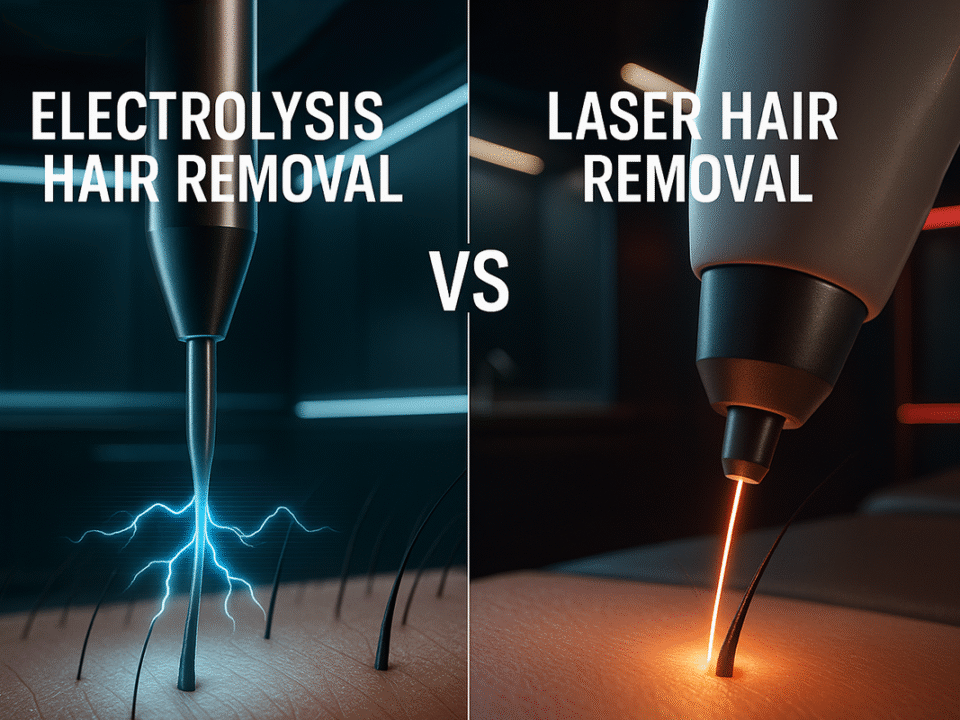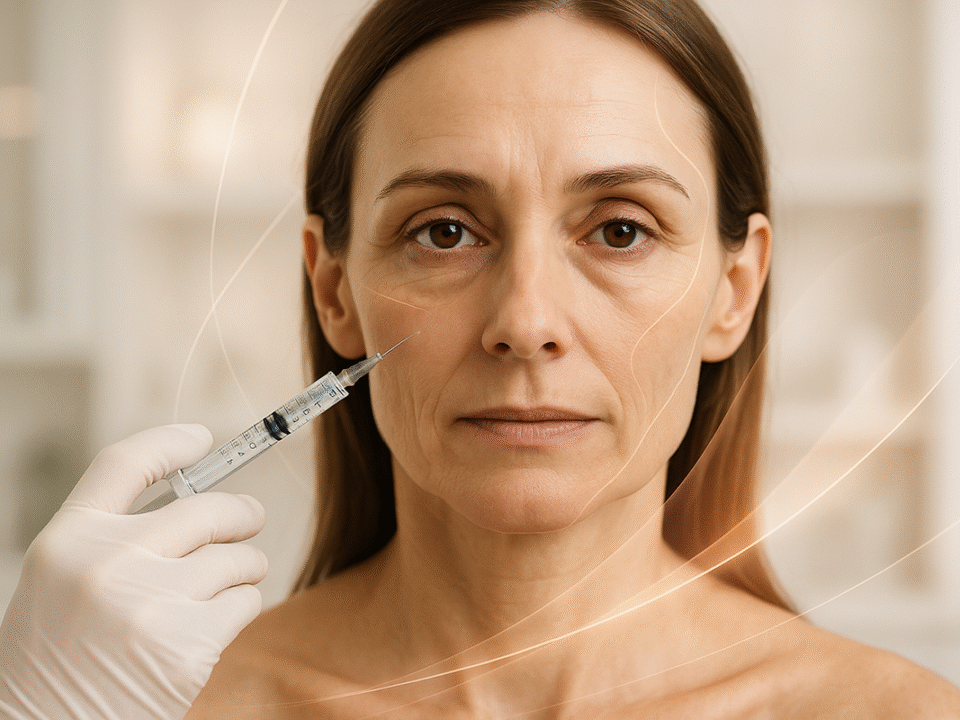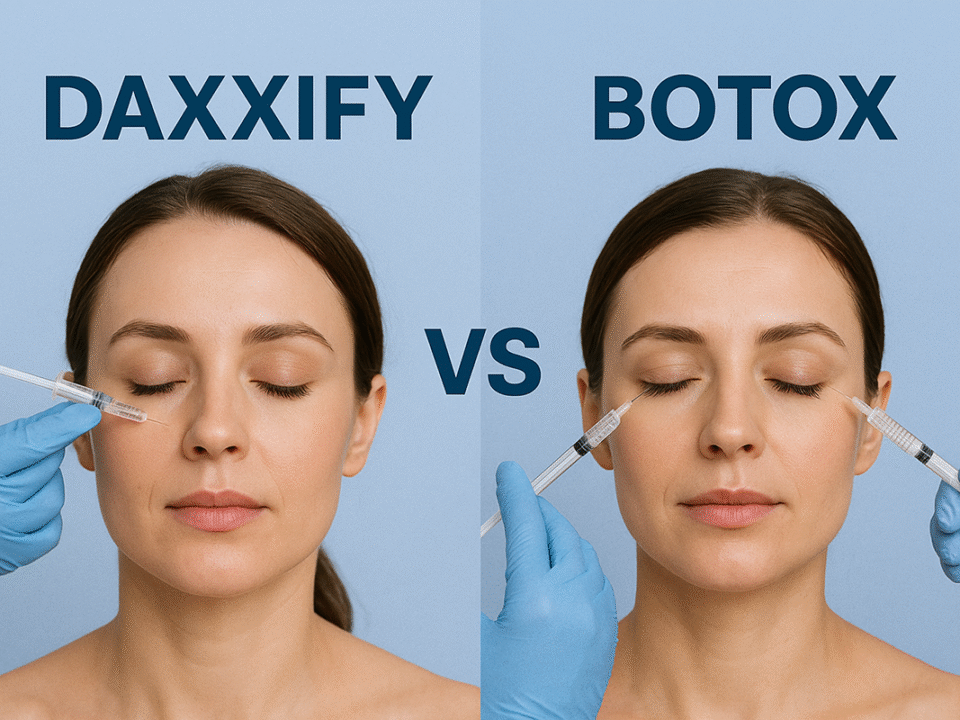
5 Benefits of Chemical Peels
October 20, 2025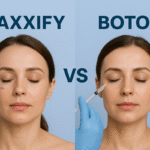
Daxxify vs Botox: First-Timer’s Guide to Choosing the Right Injectible
November 17, 2025If you’re researching How Long Does Botox Last, you’re probably looking for clear, real-world timelines; plus what actually makes results last longer (and what doesn’t). At Tatoyan MD medspa, we perform botox injections for a range of cosmetic purposes, tailoring every botox treatment to your facial anatomy, treatment area, and aesthetic goals. Below, you’ll learn how Botox works on nerve endings and nerve signals, the typical duration of Botox by area (including forehead lines and smile lines), what influences the longevity of Botox, and the possible side effects you should understand before your botox appointment.
Botox 101: What it is and how Botox works
Botox is a purified form of botulinum toxin type A, originally derived from Clostridium botulinum. For cosmetic treatments, the drug administration is a precise cosmetic procedure delivered via tiny intramuscular botox injections. Once placed, the medication binds at the nerve endings and temporarily reduces the release of acetylcholine, the chemical messenger that carries nerve signals to facial muscles. With fewer signals, muscle activity decreases; the overlying skin creases less, softening facial wrinkles and fine lines and creating a more youthful appearance.
Key takeaways about Botox’s effects
- Works on expression-related lines by moderating muscle movement
- Doesn’t add volume (that’s what hyaluronic acid fillers do)
- Results are temporary and depend on area, dose, and your unique biology
The short answer: How Long Does Botox Last?
Most clients enjoy visible smoothing for 3–4 months. Some areas last closer to 2–3 months, while certain muscles (like the masseters) may hold 3–6 months once optimized. Plan your refresh at roughly 12–14 weeks if you prefer a consistently youthful look.
Typical timeline
- Onset: 2–5 days
- Full results / Final results: ~10–14 days
- Gradual fade: Weeks 10–16 (not overnight-movement returns slowly)
Searching “Botox how long does it last?” The best generalization is: expect ~3–4 months, then fine-tune based on your unique experience.

By area: duration of Botox and what to expect
How long does Botox last in forehead?
The frontalis muscle is active whenever you raise your brows. When balanced with the glabella (the “11s”), forehead Botox commonly lasts about 3–4 months. Highly expressive clients may trend closer to 12 weeks.
How long does forehead Botox last vs. the glabella?
- Glabella (“11s”): Often 3–4 months with appropriate units
- Pairing glabella + forehead helps smooth forehead lines without heaviness
Crow’s feet & smile lines
Because we blink and smile frequently, these high-movement zones often sit around 2.5–3.5 months. Sufficient dosing and precise placement support optimal results.
How long does masseter Botox last?
For jawline slimming or clenching, the masseter is a strong muscle. After an initial series and dose calibration, masseter Botox typically lasts 3–6 months, sometimes longer with regular treatments.
Neck bands (platysma) and micro-areas
Neck bands commonly hold ~3–4 months. Small “micro” areas (lip lines, bunny lines, chin dimpling) use fewer units and may wear off closer to 2–3 months.
What truly affects the longevity of Botox
1) Amount of Botox (dose) & placement
The amount of Botox must match your muscle strength and treatment area to achieve smooth, natural movement between visits. Think of dose as the “volume knob” on muscle activity: too low and lines rebound quickly; too high and expressions may feel heavy. Precise placement matters just as much. Mapping the muscle belly, borders, and points of strongest pull lets your injector distribute units where they’ll quiet movement efficiently without spillover.
Why this changes duration of Botox
- Adequate units saturate enough nerve endings to reduce acetylcholine release, extending the duration of Botox.
- Underdosing (e.g., “baby” dosing in strong muscles) looks subtle but can wear off sooner.
- Asymmetric dosing may be needed if one side moves more than the other-balanced placement supports symmetrical final results and more even fade.
At Tatoyan MD medspa, we tailor the amount of Botox and injection grid to your anatomy so Botox’s effects look natural while lasting as long as your muscles allow.
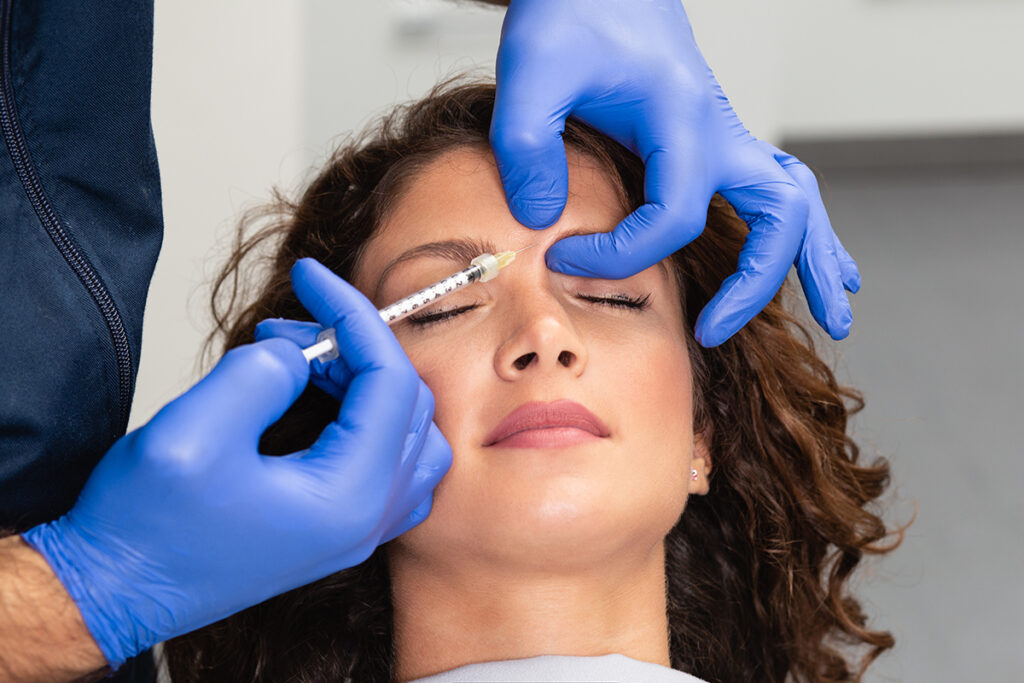
2) Facial anatomy & movement patterns
Your facial anatomy;muscle thickness, fiber orientation, number of neuromuscular junctions; plus daily movement patterns determines how quickly your body restores motion. Stronger muscles (deep glabella frown complex, active forehead, powerful masseters) often require more units and may regain movement a bit earlier.
Real-world examples
- Expressive jobs/lifestyles (teachers, speakers, performers) and frequent squinting or smiling can shorten intervals slightly.
- Bruxism/clenching builds thick masseters; expect a series to “de-bulk,” after which the longevity of Botox usually improves.
- With regular treatments, muscles “learn” to relax; many clients see a gentler return of movement over time and can maintain on similar or sometimes fewer units.
3) Brands of botulinum toxin
“Botox” is the best-known name, but several brands of botulinum toxin type A are FDA-cleared for cosmetic purposes. Formulations differ (e.g., accessory proteins, unit potency scales), so some clients perceive variations in onset or longevity.
What that means for you
- Differences are usually subtle and person-specific; no single brand is “best” for everyone.
- Your experienced provider will consider prior response, desired feel (softer vs. crisper), and timing needs (e.g., event date) to pick the product that aligns with your aesthetic goals.
4) Technique and drug administration
Great results require more than just units; they depend on meticulous drug administration.
Technique factors that influence how long results last
- Depth & plane: Forehead and crow’s feet typically need intramuscular placement; superficial “blebs” can underperform or spread unintentionally.
- Dilution & spacing: Proper dilution and even spacing across the muscle belly create consistent weakening without hot spots or rapid fade.
- Needle control: Slow injections at the correct angle reduce unwanted diffusion and help preserve targeted final results.
- Anatomy-aware grids: Adjusting the grid for brow position, hairline height, or orbital rim shape keeps facial expressions natural while extending wear.
5) Lifestyle & skin health
Your day-to-day habits don’t change the pharmacology, but they do influence how good your skin looks as the product gradually wears.
Sun exposure
- UV doesn’t “break down” the toxin, but it accelerates photoaging, making the appearance of wrinkles more obvious as movement returns. Daily broad-spectrum SPF preserves that youthful appearance.
Proper hydration & healthy diet
- Plenty of water, a healthy diet, and consistent skincare won’t lengthen the toxin’s action, but they improve texture and elasticity so results look better between visits.
Exercise
- Keep training. Very frequent, high-intensity work may modestly shorten longevity for some; if you notice quicker rebound, book your second treatment a week or two earlier to stay in the “always-smooth” window.
Other helpful habits
- Follow proper aftercare (upright for several hours, no heavy rubbing or sauna the first day).
- Avoid scheduling facials/microcurrent directly over injection sites within 24 hours of your botox procedure.
- Maintain regular treatments (typically every 12–16 weeks) so muscles never regain full strength, supporting steadier outcomes.
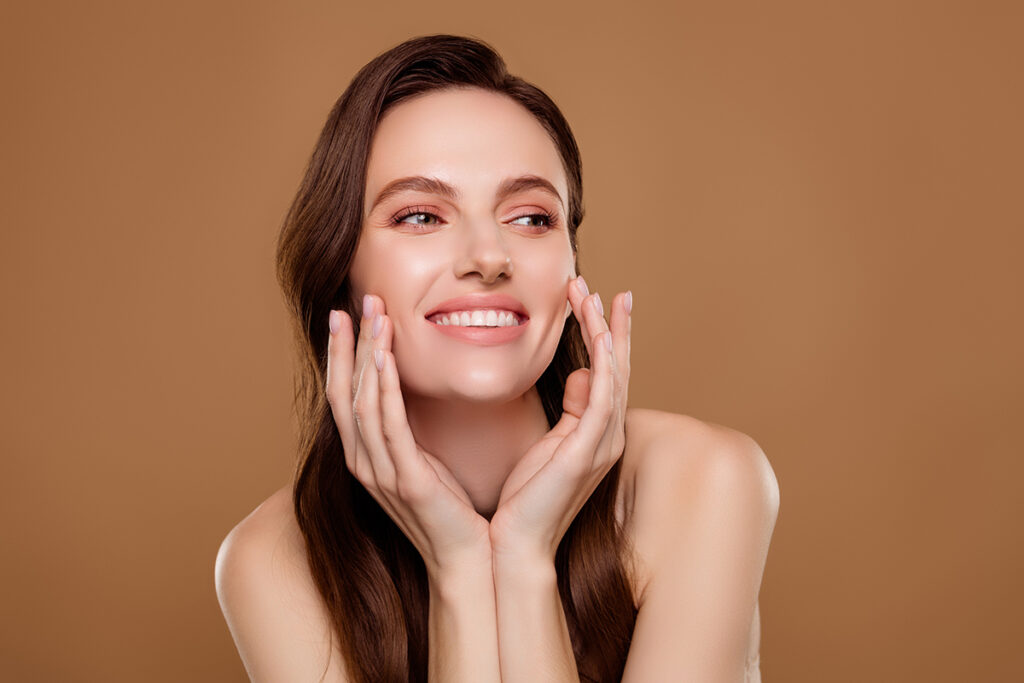
What doesn’t matter as much as you think
- Luxurious moisturizers alone won’t extend botox effects (though they improve texture and glow).
- Post-day-one gentle skincare and makeup won’t “erase” your result.
- Choosing neuromodulator over plastic surgery isn’t better or worse; just different. Surgery addresses skin redundancy and tissue descent; neuromodulators target muscle activity and expression lines.
Proper aftercare for optimal results
First 4–6 hours
- Keep your head upright
- Avoid intense workouts, saunas, or pressing the area
First 24 hours
- Skip facials, microcurrent, or heavy massage over injection sites
- Limit alcohol the day of your botox procedure
Ongoing
- Daily broad-spectrum SPF
- Keep regular treatments before full return of movement if you want to stay in the “always-smooth” window
Safety notes: common side effects vs. rare adverse effects
All medical cosmetic procedures have risks. With neuromodulators, most common side effects are minor side effects: small injection-site bruising, redness, tenderness, or headache. These possible side effects usually resolve in a few days.
Less common potential side effects include temporary eyelid or brow heaviness from diffusion, or localized muscle weakness near the treatment area. True adverse effects and allergic reactions are rare but possible. Tell your provider about all medical conditions, medications, and prior reactions before your first injection (and every visit thereafter).
This overview is educational and not a substitute for medical advice. Always consult an experienced provider who can evaluate your candidacy and discuss risks, benefits, and alternatives.
Botox vs. fillers vs. surgery (quick guide)
- Neuromodulators (Botox): Reduce expression-related lines by moderating muscle movement
- Fillers (often hyaluronic acid): Restore or add volume; do not relax muscles
- Plastic surgery: Repositions or removes tissue for structural change; addresses laxity beyond what injectables can do
Many clients combine modalities for a naturally youthful look: neuromodulator for dynamic wrinkling, hyaluronic acid filler for volume, skincare for texture, and sun care to protect results.
Your maintenance roadmap at Tatoyan MD medspa
- Always-smooth approach: Pre-book at ~12 weeks so you’re peaking continuously
- Natural ebb & flow: 12–16 weeks if you don’t mind a little movement returning
- Masseter plan: Expect 3–6 months once dose is dialed in; some need a short initial series
- Track your unique experience (date treated, when movement returns, how the final results felt). We’ll calibrate your second treatment and beyond for precision.

What should I expect during recovery after a Botox injection?
Expect minimal downtime after a Botox injection. Most people see tiny “bee-sting” bumps, mild redness, or tenderness at the injection sites that fade within 15–60 minutes; a small bruise can last a few days.
For the best outcome, keep your head upright for 4–6 hours, avoid rubbing or massaging treated areas, and skip strenuous workouts, saunas, steam rooms, or facial treatments for 24 hours. You can usually apply light makeup after 2–4 hours with clean tools. Results begin to appear in 2–5 days and peak around days 10–14; it’s normal for minor asymmetries to settle during this period. Mild headache or a “tight” feeling can occur briefly. Use daily SPF to protect your skin, and follow the specific aftercare your injector provides. If you experience significant pain, widespread rash, trouble swallowing, or pronounced drooping, contact your provider promptly.
FAQs About How Long Does Botox Last
H3:How long does Botox last the first time?
First-timers often see 2–3 months, then settle toward 3–4 months as dose and pattern are refined.
H3:Will I look frozen?
Natural-looking botox treatment depends on dose, mapping, and technique. We balance smoothness with expressive facial expressions.
H3:Can sun exposure or hydration extend results?
Sun exposure accelerates aging signs but doesn’t change neuromodulator pharmacology. Proper hydration and a healthy diet support skin quality; they don’t directly lengthen the toxin’s action.
H3:Are there medical conditions that mean Botox isn’t right for me?
Certain neuromuscular medical conditions, pregnancy, or breastfeeding are contraindications. We’ll review your history before drug administration.
H3:When should I book my next botox appointment?
If you prefer never seeing lines return, plan on 12–14 weeks. If a small return of movement is fine, book at 12–16 weeks. For masseter, expect 3–6 months after optimization.
Ready for a thoughtful, personalized plan?
At Tatoyan MD medspa, your injector maps movement, matches the amount of Botox to each treatment area, and times regular treatments for predictable, camera-ready skin. If you’re weighing options, want clarity on possible side effects, or need guidance on combining Botox with hyaluronic acid fillers, we’re here to help.
Book your consultation today to learn what botox’s effects can do for your skin; and how to maintain a smooth, confident, and naturally youthful appearance.



